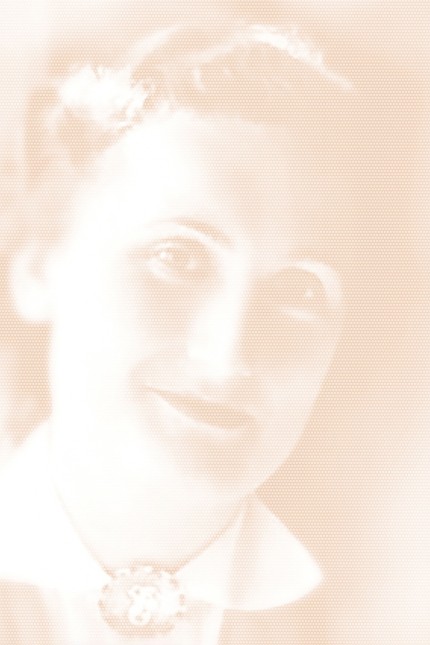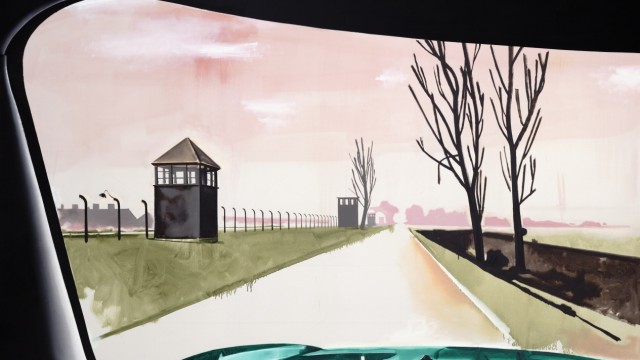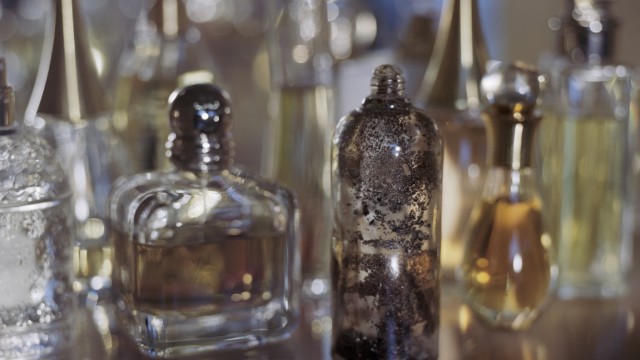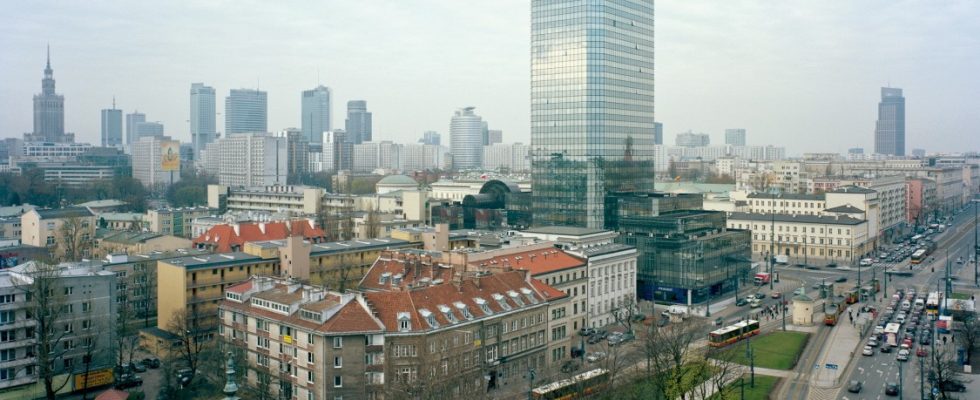Anyone who digs deep enough into the ground in Warsaw will sooner or later come across the past. That means on the outlines of old buildings. On the cobblestones of that former city that existed there before 1939. This city included the Warsaw Ghetto, which, like other parts of the city, was burned down or otherwise destroyed during World War II. After the war, the Polish capital was rebuilt, but only scant traces of the former Jewish quarter remain. In order for these to become historical evidence, it requires the active memory work of witnesses, historians, curators or artists who make the little material available speak.
This is exactly what is currently happening at the Nazi Documentation Center in Munich, where the exhibition “Materializing. Contemporary art and the Shoah in Poland” can be seen. Seven artistic positions are shown, each of which opposes the repression of the Holocaust in their own way. What they have in common is that they are all based on thorough research and thus sometimes take on the tasks of archeology or science. Many of them work together Original texts or artifacts. Some do this directly, like Natalia Romik, who includes architectural and other physical fragments in her work. Others like Wilhelm Sasnal, Zuzanna Hertzberg or Paweł Kowalewski use paintings, posters or photographs.
Zuzanna Hertzberg, “Mechitza: Individual and Collective Resistance of Women During the Shoah, 2019-2022.”
(Photo: Courtesy of the artist, Photo: Zuzanna Hertzberg, Przyjaciele MSN)
Her works are presented on all five floors, making them part of both the permanent exhibition and the exhibition “More important than our lives. The underground archive of the Warsaw Ghetto“. A special role is played by women, among others, who only appear marginally in the male-dominated historiography. Zuzanna Hertzberg wants to change exactly that with her installations and actions, for example in “Mechitza: Individual and Collective Resistance of Women During the Shoah” shows with photos and documents what important roles women like Gusta Dawidson and Roza Robota had in the Jewish resistance movement.
Paweł Kowalewski takes a very personal approach to his exploration of the often overlooked heroine role of Jewish women. Because the woman who appears at the beginning of his photo series “Strength and Beauty. A Very Subjective History of Polish Mothers” is his mother. This played an active role in the uprising in the Warsaw Ghetto, where Jews fought bitter battles with the German occupying forces for weeks in 1943. The other women, all of whom Kowalewski calls “goddesses,” are or were friends of his mother. And they all had traumatic, life-changing experiences during or after the war, which are described in texts alongside the large-format portrait images.

Paweł Kowalewski, “Zosia, 2015”, from the series “Strength and Beauty. A Very Subjective History of Polish Mothers (Polnishe Mame)”.
(Photo: Courtesy of the artist & Leon Kofler)
What’s special: Kowalewski printed the portraits, which are based on historical photos, with ink that fades completely over time. Just like Kowalewski’s mother’s generation is disappearing more and more. This loss is shown rather indirectly in the three works by the painter Wilhelm Sasnal, who is very well known in Poland. Because as a non-contemporary witness he can only address the Holocaust indirectly.

Wilhelm Sasnal, “First of January, 2021”
(Photo: Courtesy of the artist & Foksal Gallery Foundation)
An example of this is the painting “First of January” from 2021. This is based on a photograph that the artist took from the car as he drove past the Auschwitz-Birkenau museum and memorial on New Year’s Day. The other, small-format images are based on historical photographs and address memory as a complex act.

Artur Żmijewski & Zofia Waślicka-Żmijewska, “We’ve Been Looking in Ashes, 2021-2022”.
(Photo: Courtesy of the artists)
The commemoration is similarly complex in the projected “echograms” by Agnieszka Mastalerz. These refer to a wall painting by Symche Trachter that was created in 1942 in the former Judenrat building. Today there is a hotel in almost the same place. Artur Żmijewski and Zofia Waślicka-Żmijewska show in photos and videos everyday objects that were found during archaeological work on the construction site of the Museum of the History of Polish Jews POLIN. But they don’t just document the found objects, they also deposited an old spoon in what is now a cutlery box or a pair of rusty tailor’s scissors between half-finished items of clothing. In order to create a connection between the present and the past.

Natalia Romik, “Hideouts. The Architecture of Survival. Vacant lot in the Jewish Cemetery (Warsaw, Poland), 2022”.
(Photo: Courtesy of the artist & TRAFO Center for Contemporary Art & Zachęta National Gallery Photo: Daniel Chrobak)
“The Other City” is the title Elżbieta Janicka and Wojciech Wilczyk gave to their series of large-format photographs that were taken between 2011 and 2013. They photographed the former Warsaw Ghetto area from the roofs or top floors of buildings. The photos are strict, purely documentary and refer to American photographic projects from the 1920s. And they make it possible to experience the huge area of the former ghetto, which was replaced by a completely new city.
Several attempts to create a monument to the ghetto in Poland came to nothing. The memory of this was not wanted under communism. This applied similarly under the national-conservative PiS government. And according to Zuzanna Hertzberg, at least for the artists, not much will change under the new Prime Minister Donald Tusk. She says there are “too many construction sites” in the country for that. Now it’s “about economic growth” and not about art or political remembrance work.
Materializing. Contemporary art and the Shoah in Poland, until February 25th, NS Documentation Center Munich, Max-Mannheimer-Pl. 1, nsdoku.de

